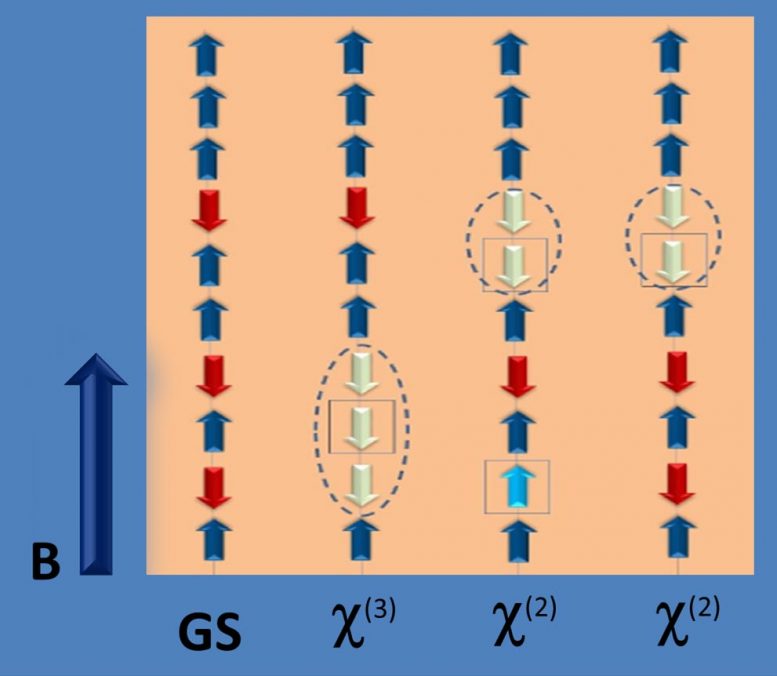
In the ground state the magnetic moments are either upward or downward, the spins antiparallel to the external magnetic field (red) are never together (right). By excitation, further spins can align antiparallel and Bethe chains are formed (white spins, left). Credit: HZB
90 years ago, the physicist Hans Bethe postulated that unusual patterns, so-called Bethe strings, appear in certain magnetic solids. Now an international team has succeeded in experimentally detecting such Bethe strings for the first time. They used neutron scattering experiments at various neutron facilities including the unique high-field magnet of BER II* at HZB. The experimental data are in excellent agreement with the theoretical prediction of Bethe and prove once again the power of quantum physics.
The regular arrangement of atoms in a crystal allows complex interactions that can lead to new states of matter. Some crystals have magnetic interactions in only one dimension, i.e. are they magnetically one-dimensional? If, in addition, successive magnetic moments are pointing in opposite directions, then we are dealing with a one-dimensional antiferromagnet. Hans Bethe first described this system theoretically in 1931, predicting also the presence of excitations of strings of two or more consecutive moments pointing in one direction, so called Bethe strings.
1D-model system to observe Bethe strings
However, those string states could not be observed under normal experimental conditions because they are unstable and obscured by the other features of the system. The trick used in this paper is to isolate the strings by applying a magnetic field.
Now an international cooperation around the HZB physicist Bella Lake and her colleague Anup Bera was able to experimentally identify and characterize Bethe strings in a real solid for the first time. The team made crystals of SrCo2V2O8, which is a model system one-dimensional antiferromagnnet. Only the cobalt atoms have magnetic moments, they all are aligned along one direction and adjacent moments cancel each other out.
At BER II: External magnetic fields up to 25,9 Tesla
At the Berlin neutron source BER II it was possible to investigate the sample with neutrons under extremely high magnetic fields up to 25.9 Tesla. From the data, the physicists obtained a phase diagram of the sample as a function of the magnetic field, and also further information about the internal magnetic patterns, which could be compared with the idea of Bethe that were quantified by a theoretical group led by Jianda Wu.
Excellent agreement with theory
“The experimental data are in excellent agreement with the theory,” says Prof. Bella Lake. “We were able to clearly identify two and even three chains of Bethe strings and determine their energy dependence. These results show us once again how fantastically well quantum physics works.”
Reference: “Dispersions of many-body Bethe strings” by Anup Kumar Bera, Jianda Wu, Wang Yang, Robert Bewley, Martin Boehm, Jianhui Xu, Maciej Bartkowiak, Oleksandr Prokhnenko, Bastian Klemke, A. T. M. Nazmul Islam, Joseph Mathew Law, Zhe Wang and Bella Lake, 6 April 2020, Nature Physics.
DOI: 10.1038/s41567-020-0835-7
* After 46 years of successful research with neutrons, the operation of the Berlin research reactor BER II ended on December 11, 2019. The BER II is to be dismantled over the next few years.

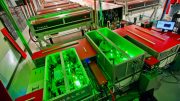
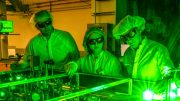
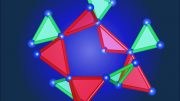
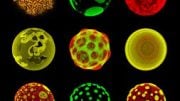
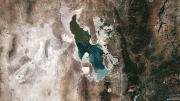
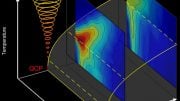
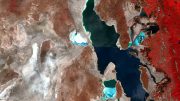

Good Day & good wishes! Grateful for the MENSA newsletter.
I share it with someone on the executive council of our Math & Science Club, here at SunCity Mesquite, NV, USA, etc.
April 15, 2020, is a day of “metaphysics,” with Global Prayer Day, sponsored by the Christian Grandparents Network (explanation and guide with Bible verses can be found online). I am researching and typing a paper on “the art & science of miracles” for Atlantic Coast Theological Seminary.